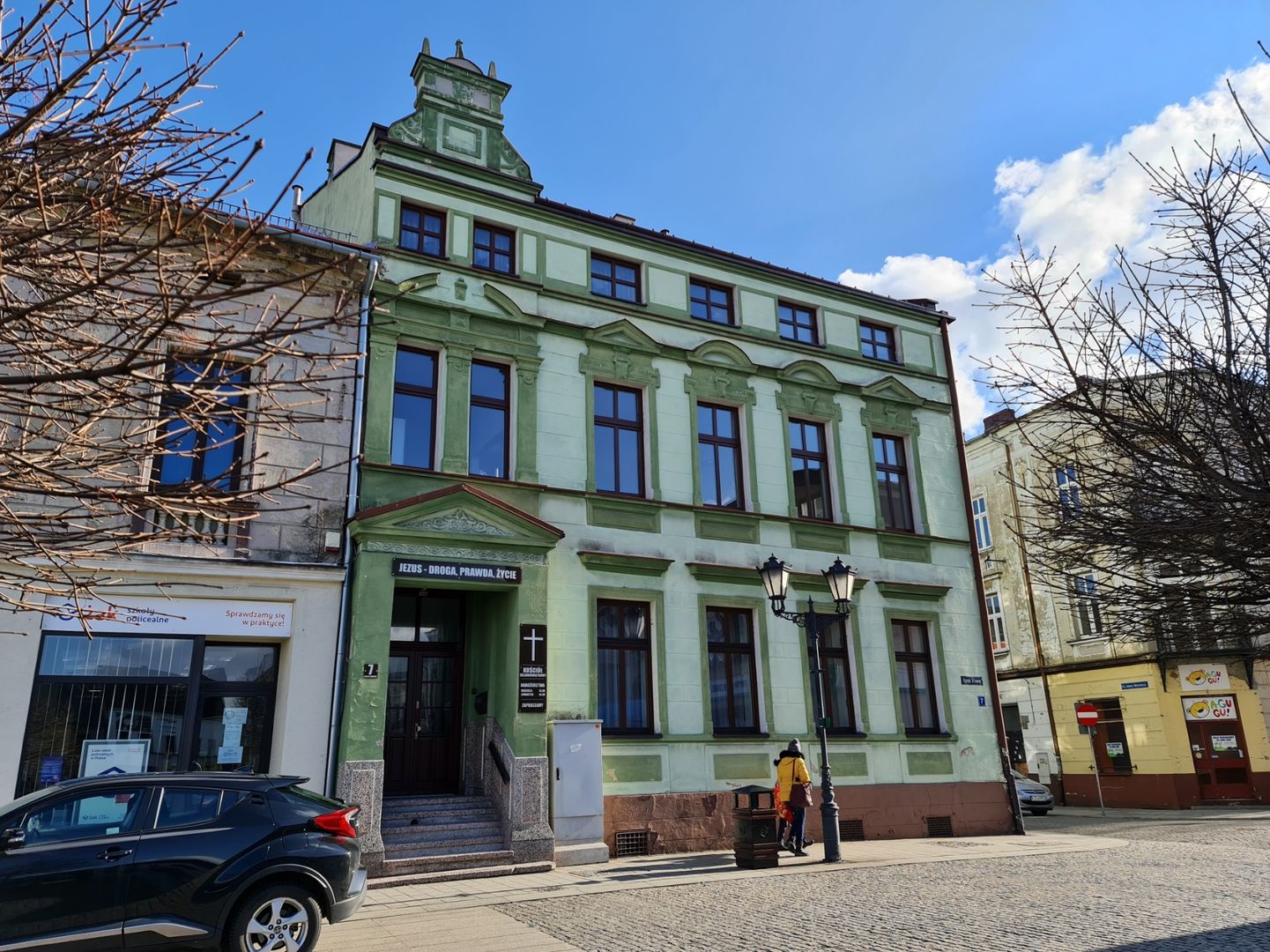Auschwitz
7.04

Overview
Oświęcim, a city with a rich history spanning over 800 years, is known not only for the tragic events of World War II but also for its beautiful monuments and cultural institutions. The architecture of Oświęcim features notable structures such as the Castle, the Church of the Assumption of the Blessed Virgin Mary, and numerous townhouses that reflect diverse styles across the centuries. Oświęcim is also a city of peace, as emphasized by institutions like the Auschwitz-Birkenau State Museum and the Jewish Center, which promote remembrance of history and Jewish culture. In the cultural sphere, various institutions operate: art schools, cultural centers, and museums that organize numerous events, including the Life Festival Oświęcim. While walking through the city, one can encounter a mural trail that enlivens the urban space. Oświęcim is also a well-known tourist destination, highlighted by its historical-ethnographic collections and castles. Historically, Oświęcim was an important castellany stronghold, and in the 14th century, it became the capital of a duchy that underwent various administrative changes. The city experienced many difficult moments, including World War II, when Hitler incorporated it into the Third Reich, changing its name to Auschwitz. After 1945, Oświęcim, as a symbol of Holocaust remembrance, significantly influenced the shaping of memory and dialogue on peaceful international cooperation. Today, the city blends tradition with modernity, becoming an important center of education, culture, and tourism. An interesting fact is that Oświęcim is home to one of the largest frescoes in Europe, located in the Oświęcim Cultural Center. As a city of memory, artistic talent, and fascinating monuments, Oświęcim continues to attract residents and tourists, offering diverse forms of cultural and recreational activities.
Location
Tickets
Powered by GetYourGuide
2025 Wizytor | All Rights Reserved



